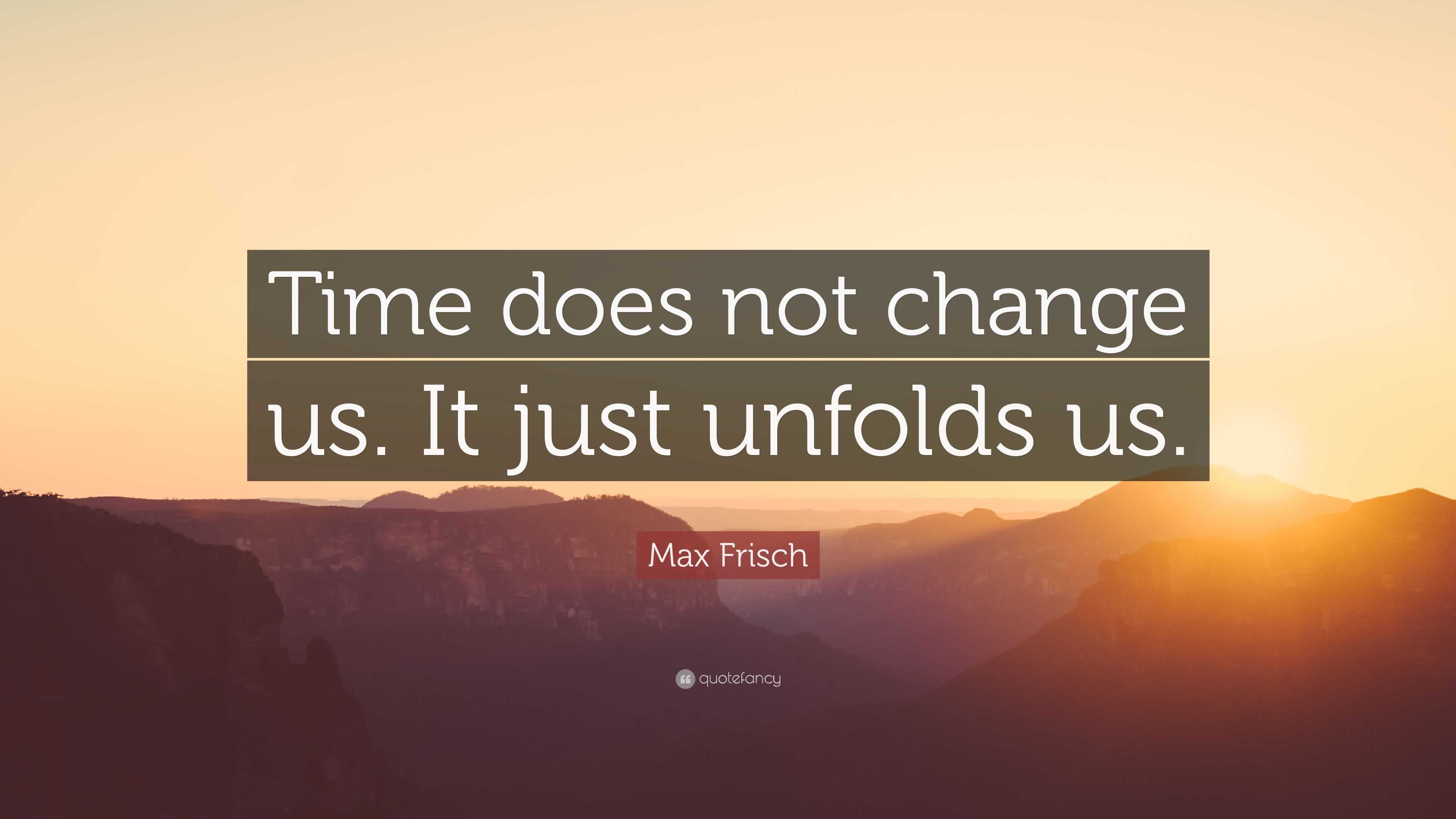

However, some scientists and experts warn that there are serious health risks. If the bill were to pass in the next year, permanent Daylight Saving Time would take effect on November 5, 2023.Įliminating what feels like an arbitrary time switch sounds like a simple plan, one most people could get behind if they dislike Standard Time. House of Representatives before it can be signed into law by the President. Currently, it still needs to be discussed by U.S.

In recent news, the Sunshine Protection Act was proposed as a United States federal law that would make Daylight Saving Time permanent, meaning no more changing the clocks twice a year! Is Daylight Saving Time becoming permanent? It was extended twice more to seven months in 1986, and our current eight months in 2005. (Who could have seen that coming? 😂)įinally, in 1966, the federal government passed the Uniform Time Act, which standardized DST for six months, from April to October. This "choose-your-own-adventure" DST made traveling between states an absolute nightmare. Then, comes a slightly chaotic time for Daylight Saving Time in America-the federal law was repealed after the war, reinstated during WWII, and made optional after that war ended. In 1916, Germany was the first country to enact Daylight Saving Time to save money on energy costs during WWI the United States and much of Europe followed suit. He also suggested firing cannons in every street as a city-wide alarm clock, so the letter is taken mainly as satire (thank goodness). Benjamin Franklin wrote an early "proposition" in a 1784 letter to The Journal of Paris, where he suggested the city could save 64,050,000 pounds of candle wax burned if only its citizens would rise with the sun. Oh boy, is there a lot here! A few stories prevail about how the United States adopted the time change. The intervening wintry months are known as Pacific, Mountain, Central, or Eastern Standard Time. This year, Daylight Saving Time began on March 13, 2022, and ends on November 6, 2022. People who don't have a digital clock that changes automatically will often switch their watches on Saturday night before bed. to create the least disruption for early workers. When does the time change?ĭaylight Saving Time in the United States runs from the second Sunday in March ("spring forward" an hour) to the first Sunday in November ("fall back" an hour). and getting out at 5 p.m.? Well, you will hardly catch the sun on both ends of your day.

#WHEN DOES THE TIME CHANGE CRACK#
The practice of moving the clock forward one hour from Standard Time during the spring gives us more daylight during summer evenings changing them back again in the fall grants us more light during winter mornings.Īn extra hour in the morning is a boon for someone like Ree Drummond, who has to be up at the crack of dawn to help with mornings on the ranch. The idea behind Daylight Saving Time is to literally "save time" by making better use of daylight hours as the earth orbits around the sun. The_burtons // Getty Images What is Daylight Saving Time? Before you know it, you'll feel like a desperate plant in the winter, moving around the house to absorb as much natural light as possible! So when is Daylight Saving Time and why do we set the clocks twice a year? Where does such a tradition come from? Here's what to know about DST, and when to set a reminder in your calendar if you have to change your clock manually! The sun already gradually sets earlier each day leading up to the winter solstice, but the change means light starts to fade before 5 p.m. However, on Monday you'll find that post-work sunlight has dwindled down to a few precious hours (that is, if you're working a nine-to-five job). On the first Sunday of November, at 1:59 a.m., digital clocks tick back to 1 rather than forward to 2 a.m., and you "gain" a glorious hour of sleep in the morning. We're talking about the 25-hour day when Daylight Saving Time (DST) ends and we transition back to Standard Time. Now, before you get too excited, this isn't a case where we've all miraculously gained a temporary superpower. There's one day in autumn, just a few weeks after the fall equinox, when most Americans get to time travel.


 0 kommentar(er)
0 kommentar(er)
